When you sharpen an image, you are able to bring out specific details. It makes your composition look more eye-catching, and allows it to stand out more.
Lightroom is one of the many photo editing software which offers great sharpening tools. It is a great good-to-go photo editing app with stunning tools to work with. In this article, we will include how you can use them to enhance your photos and sharpen images.
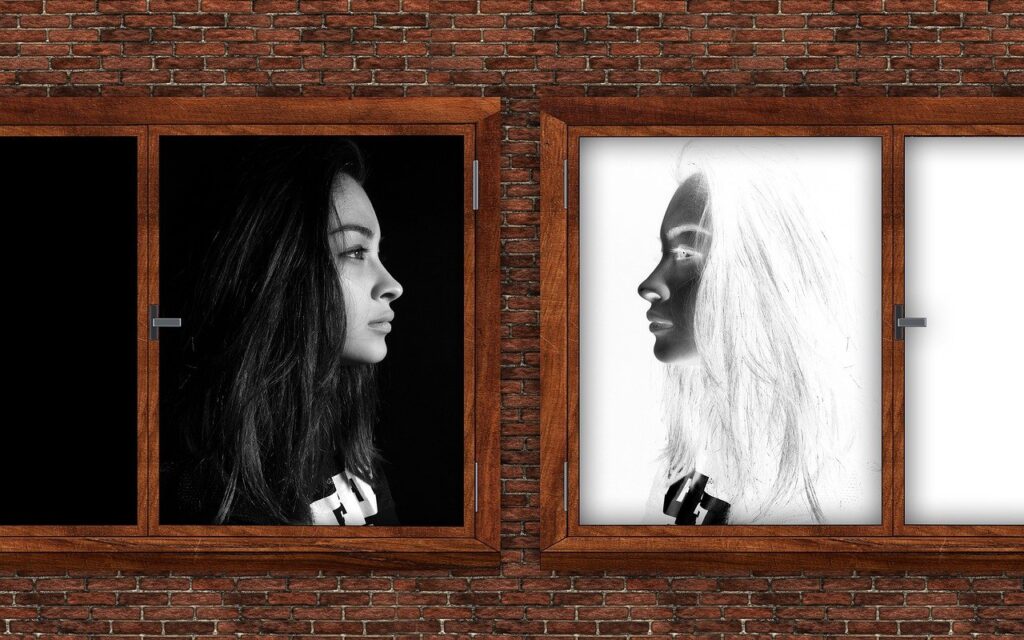
Fix Automatic Sharpening Setting
Automatic sharpening irritates many photo editors. After importing the images into the workspace, the software automatically sharpens them. This effect isn’t intense.
To fix this, “Develop > Set Default Settings”.
You can reset Lightroom’s default settings. Also, you can set your current develop settings as default settings. For that, you have to adjust your settings in the Develop module and then return to the Default window.
Shooting in Raw Mode
You should be familiar with the different image file formats. Choosing one over the other plays a crucial role in the quality of the images.
Most cameras can shoot in both RAW and JPG. To make the editing easier, shoot in RAW mode. The files will be larger, but they’ll have a lot of details.
This means that you’ll be able to experiment with different sharpening intensities.

Understand Sliders in the Detail Panel
Amount
As the name suggests, this is the amount of sharpening you want to create. Overdoing it can ruin your image. To avoid this, you can zoom into your picture to see how its pixels changes by the slider.
Another method is to slide it up fully and then work with the other sliders to get the desired results. And then, move the Amount slider to the left. A simple analogy is lowering the opacity of the sharpening layer.
Shortcut – Holding Alt/Option key as you move the slider. It will make it easier for you to see any changes.
Radius
Radius makes the sharpening stand out more. In layman’s terms, it’s a subtler version of clarity.
Dragging the radius slider to the right and zooming out of your picture, makes a huge difference. The edges of the subject look thicker.
Again, you can hold the Alt/Option key to focus on the details. This shortcut is of great use when working on details.
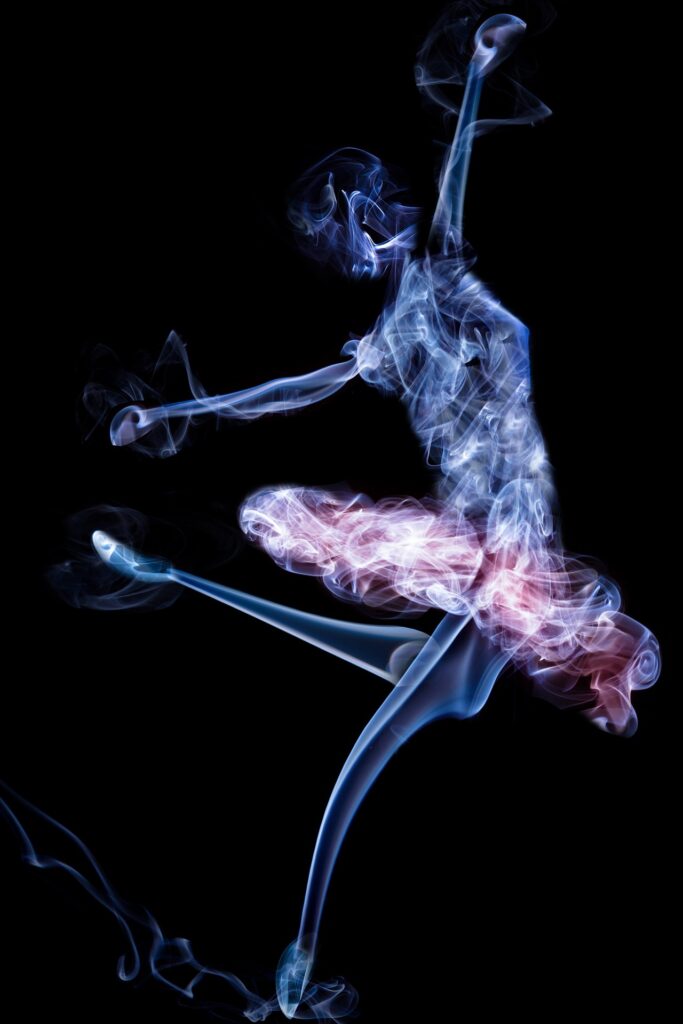
Detail
While dragging the detail slider, your overall image will stand out more. This creates a lot of noise, especially in empty portions, which ruins even simple photographs.
Fortunately, you can manage this by using the Masking slider.
Masking
This is one of the greatest use in the details panel. It automatically detects and masks the blurred regions, and removes any sharpening in those areas.
Only the required regions remain sharp. This is a more clever approach to sharpening and makes your photos look much more attractive.
Again, hold the Alt/Option key as you move the slider. Anything in the blacks won’t be masked whereas the white parts will remain sharp.
This can be tricky if your image doesn’t have any specific sharp parts.
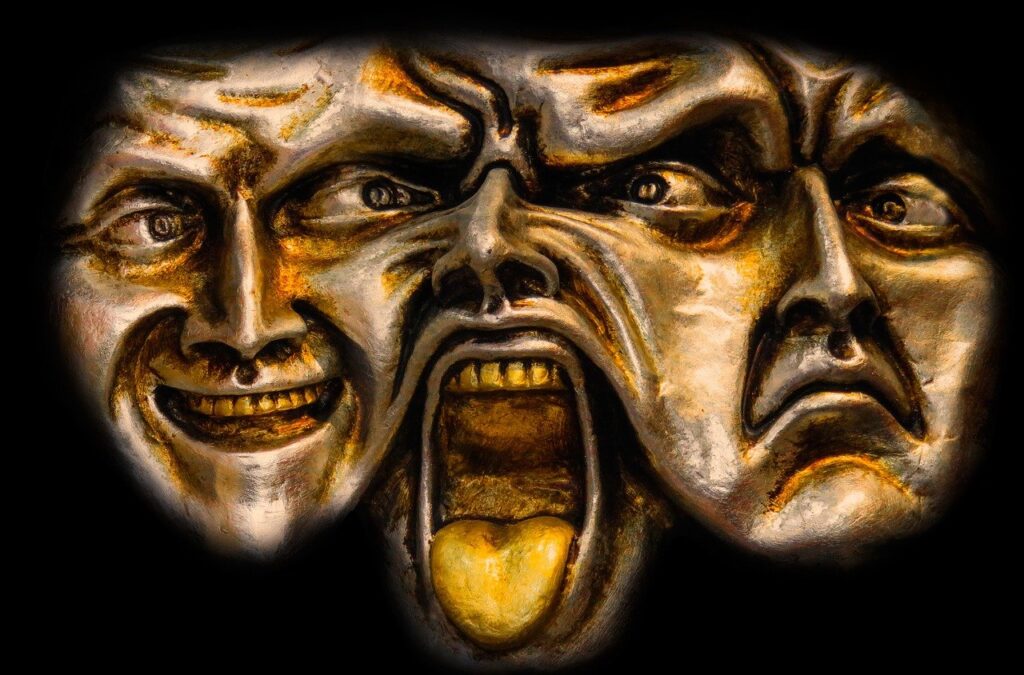
Using the Brush Tool to Sharpen Specific Parts
Locating and Using the Brush Tool
Lightroom is best known for its special sliders, but it also has a lot of other useful tools.
After going to the develop module in Lightroom, under the Histogram screen, you’ll observe a row of six icons in the following order:
- crop
- spot removal
- red-eye correction
- graduated filter
- radial filter
- adjustment brush
The last tool is the protagonist of selective sharpening. You can use this brush to brighten, sharpen, and make color corrections.
All you need to do is click on the icon. A new set of sliders will pop up on the screen. Brush over the parts you’d like to sharpen. And then, drag the Sharpness or Clarity slider according to your requirements. You’ll instantly see the difference.
Other Helpful Brush Tools
You can also click the “Show Selected Mask Overlay’ icon to recall where you used your brush to make necessary adjustments. Lightroom highlights every brush stroke in red.
After everything is ready, click Done. If you want to make separate adjustments in the same area, click on the brush tool again. The new sliders should pop up again, and you can continue your editing process.
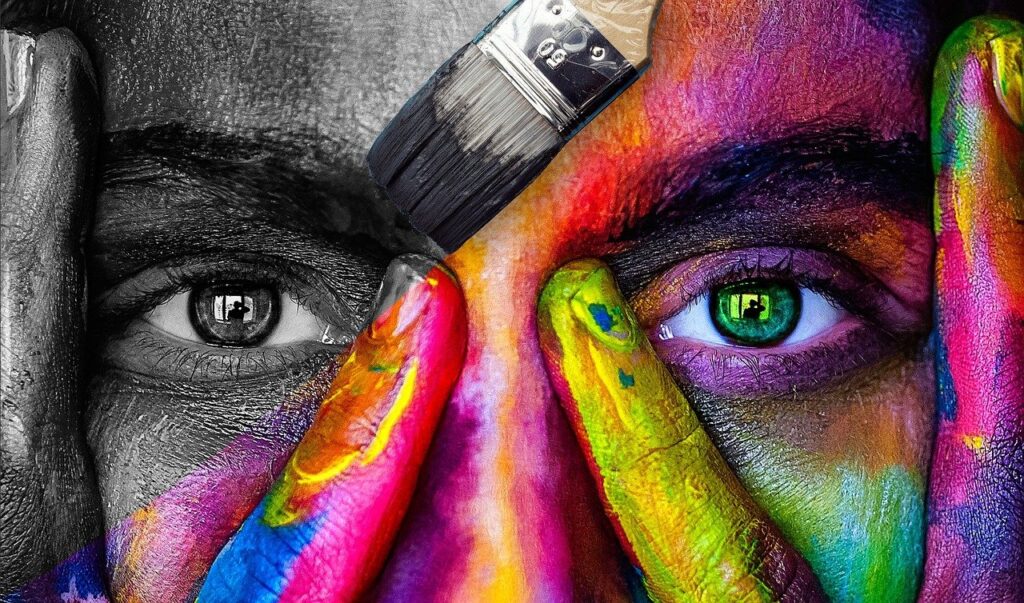
Lightroom Sharpening FAQs
Can Lightroom Automatically Sharpen?
Yes, by default, Lightroom applies mild sharpening to every imported photo according to the understanding of the platform. It is fixable by changing the Lightroom’s default settings.
How Can I Sharpen a Blurry Photo?
It is not possible to make a blurry photo more visible. Perhaps, you can enhance it with a couple of tools. Also, there are many online picture editor available at free of cost. You can use the clarity tool to make the image pop out more. After that, you can highlight the details using the sharpening tool.
What is the use of the Masking Slider in Lightroom?
The masking slider allows you to sharpen the most critical parts of an image which cannot be done by the other options. It helps to avoid extreme sharpness that can easily ruin the quality. It is more of an automatic selective sharpening tool. Hold Alt/Option while dragging the Masking slider to see where the effect is applied.
What Does Clarity Do in Lightroom?
Basically, clarity helps in bringing out the details of an image. It creates an HDR effect. It helps to emphasize textures and sharpens the details. Too much of clarity can make your photos look rough and technical, so try to use it wisely.
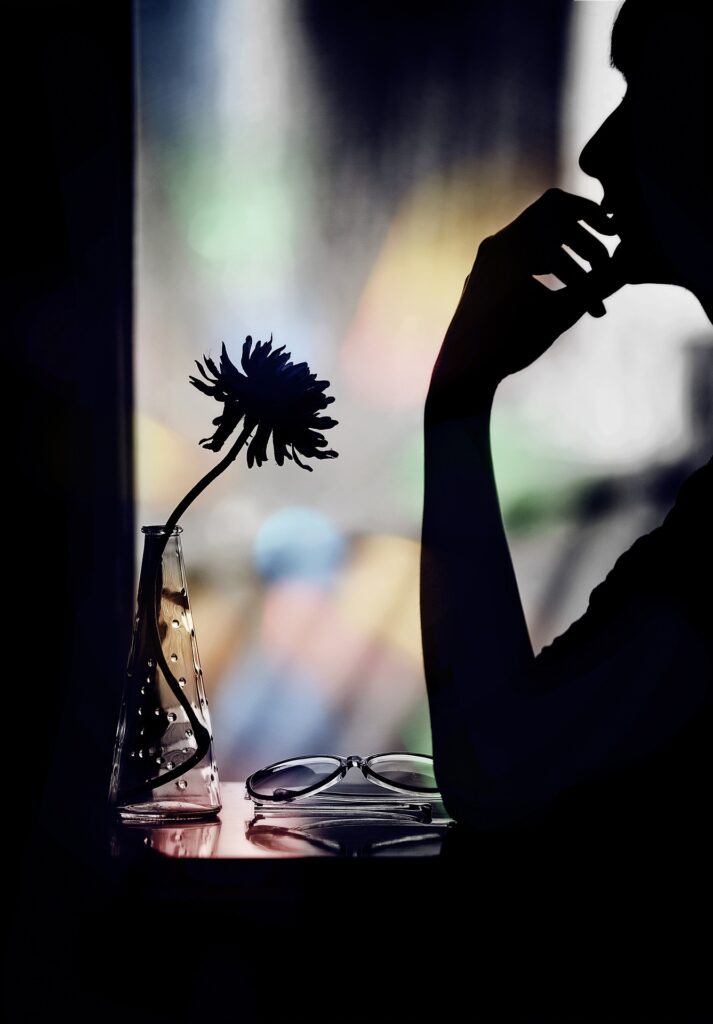
Conclusion
Lightroom has many sharpening tools. Starting from enhancing your photos with a few sliders to applying brush strokes to make changes.
Learning the relevant shortcuts can make your editing process easier and much more fun.
Comment your opinion!
Happy Editing!

